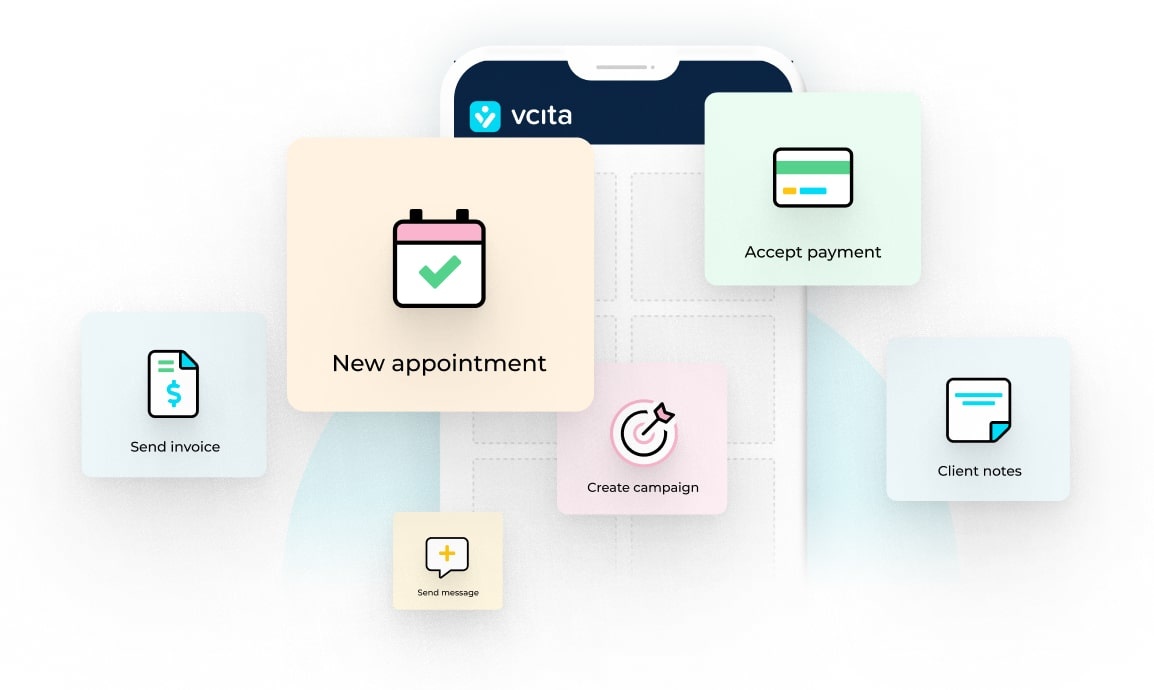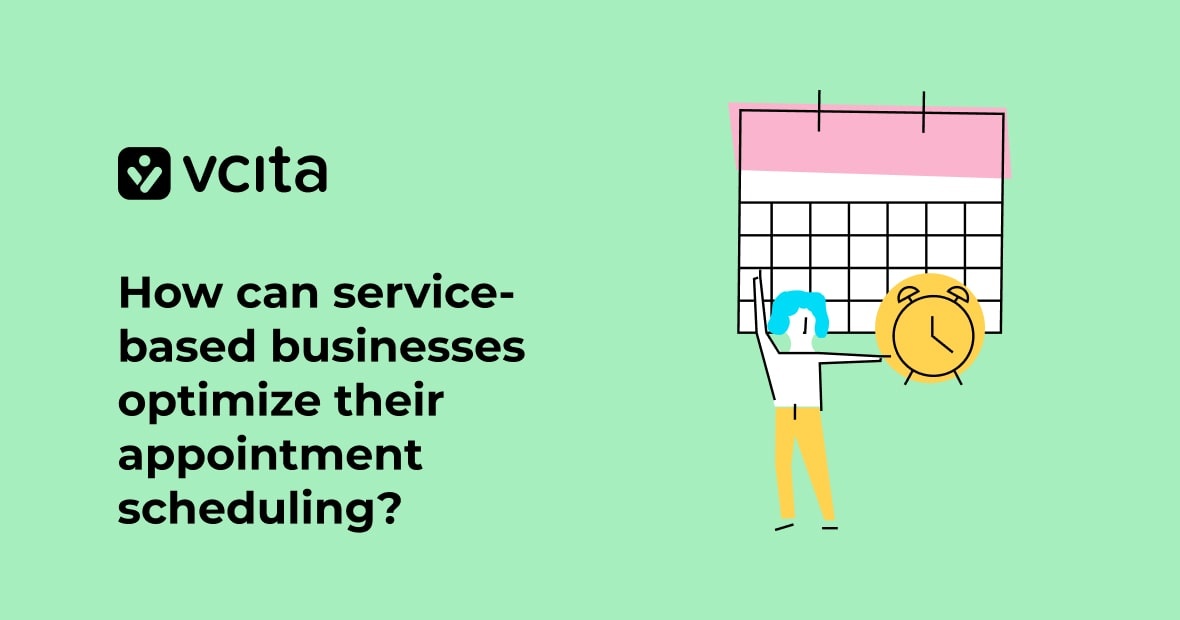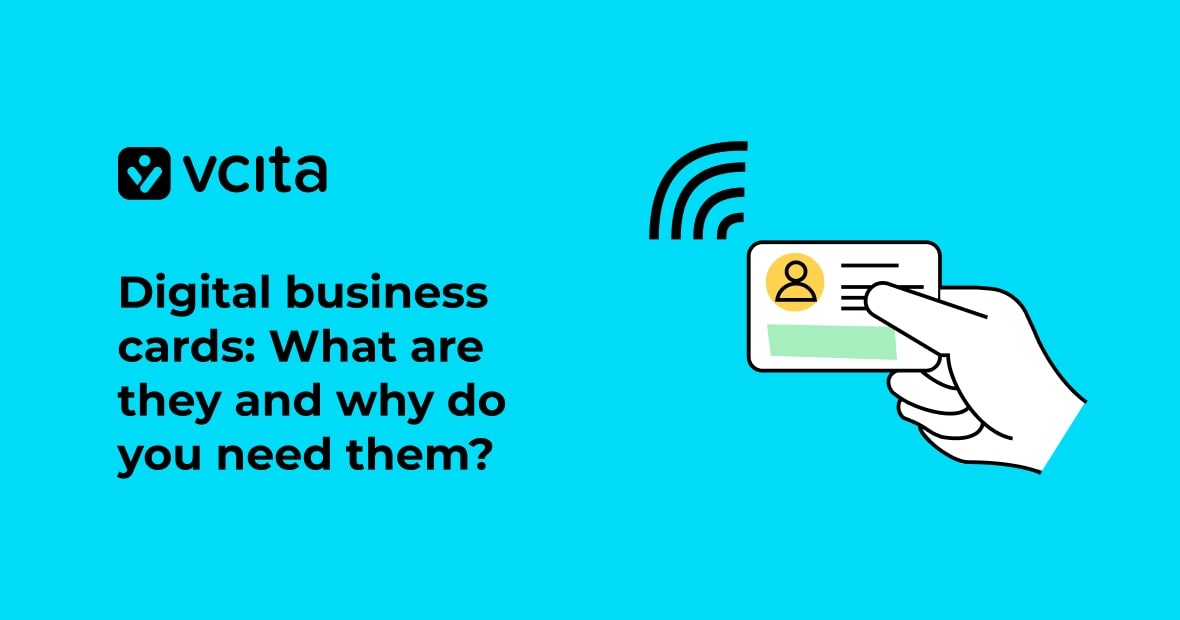Do you want to crush your competition? There’s only one answer to that. As a small business owner, gaining an edge on your rivals is crucial. But it’s not always easy. Thankfully, a set of competitive advantage strategies, proposed by Michael Porter of Harvard Business School, can help you dominate your market segment.
In this article, we’ll explore how to leverage cost leadership, differentiation, and focus to boost your brand and command premium prices. Ready to outmaneuver the big players? Let’s dive in.
Understanding competitive advantage
Competitive advantage refers to the unique edge that sets your business apart from rivals. It’s what makes customers choose you over others in your market segment. Understanding this concept, popularized by Michael Porter, is crucial for small business success.
Types of competitive advantage
There are three main types of competitive advantage:
- Cost leadership: Offering the lowest prices in your target market
- Differentiation: Providing unique features or benefits
- Focus: Specializing in a specific niche or customer group
Each of these generic strategies can help you gain a competitive advantage, but the key is choosing the right one for your business.
Building your advantage
To develop a strong competitive advantage, you should:
- Identify your unique strengths, whether it’s access to natural resources, innovative technology, or exceptional customer service
- Understand your target market’s needs and preferences
- Develop high-quality products or services that meet those needs better than competitors
- Create a strong brand image that resonates with your audience
Remember, consumers are willing to pay premium prices for products they perceive as superior. By focusing on what makes your business unique, you can carve out a profitable niche and build long-term success.
Analyze the competition and identify your strengths
To gain a competitive advantage, you need to know where you stand in the market. Start by taking a good, hard look at your competitors and your own business.
Scout out your rivals
First, identify who your main rivals are in your target market. What are they doing well? Where are they falling short? This intel is gold for your competitive strategy.
Look at their pricing, product quality, and customer service. Are they focusing on cost leadership, differentiation, or a specific market segment? Understanding their approach helps you spot gaps you can fill.
Uncover your unique strengths
Now, turn the spotlight on your own business. What makes you special? Maybe you have access to natural resources others don’t, or perhaps your team has skills that are hard to match.
Your competitive advantage might lie in offering high quality products at premium prices, or in serving a niche market better than anyone else. Remember, competitive advantage refers to what sets you apart and keeps customers coming back.
Align your strengths with market needs
Now you want to match what you’re great at with what your target market wants. Maybe you can offer personalized service that big companies can’t, or perhaps you’re more nimble and can adapt faster to trends.
By understanding both your competition and your own strengths, you’ll be well-positioned to develop business strategies that help you stand out and thrive in the long term.
Choose the right competitive strategy for your business
To gain a competitive advantage, you need to pick a strategy that aligns with your strengths and market position. Choosing the right competitive strategy is crucial for sustaining competitive advantage. Let’s explore the three strategies proposed by Michael Porter.
Cost leadership
This strategy focuses on becoming the low-cost producer in your industry. By minimizing expenses and maximizing efficiency, you can offer lower prices than competitors. It’s ideal if you have access to natural resources or economies of scale. But remember, being the cheapest isn’t always sustainable long-term.
Differentiation
Stand out by offering unique features or superior quality that your target market values. This approach lets you charge premium prices because consumers are willing to pay more for something special. It requires building a strong brand image and focusing on high-quality products or services.
Focus
Instead of trying to appeal to everyone, zero in on a specific market segment. By understanding the unique needs of a niche audience, you can tailor your offerings to serve them better than anyone else. This strategy works well for small businesses that can’t compete head-to-head with larger companies.
Leverage your assets to differentiate your offering
To gain a competitive advantage, it’s crucial to identify and capitalize on your unique strengths. Your business’s assets can be the key to standing out in your target market.
Identify your unique value proposition
Every business has something special to offer. Maybe it’s proprietary technology or exceptional customer service. Pinpoint what makes your product or service truly unique. This differentiation is essential for implementing Michael Porter’s strategies of cost leadership, differentiation, and focus.
Align with your market segment
Once you’ve identified your strengths, tailor them to your specific market segment. This focus strategy allows you to meet the unique needs of your consumers. Customers are willing to pay premium prices for products that precisely address their pain points.
Build a strong brand image
Your brand is more than just a logo. It’s the perception customers have of your business. Invest in creating a brand image that resonates with your target audience. A strong brand can be a powerful tool for sustaining competitive advantage over the long term.
Continuous Improvement
The business landscape is always evolving. To maintain your edge, constantly seek ways to improve your offering. This might involve enhancing product quality, streamlining operations, or innovating new features. As Harvard Business School teaches, the key to long-term success is adapting your competitive advantage to changing market conditions.
Maintain your competitive edge over time
Sustaining competitive advantage is crucial for long-term success. Now that you’ve identified which strategy is most effective for your business, you want to keep your competitive edge sharp.
Continuously innovate
Stay ahead by constantly improving your product or service. Listen to your target market and adapt. Remember, consumers are willing to pay premium prices for high quality and innovation.
Strengthen your brand image
A strong brand can be your most valuable asset. Invest in marketing that resonates with your market segment. This helps build loyalty and sets you apart from competitors.
Optimize your resources
Leverage your unique access to natural resources or expertise. This could be anything from exclusive suppliers to specialized knowledge in your industry.
Refine your focus strategy
Hone in on a specific niche. By catering to a narrow market segment, you can offer tailored solutions that larger competitors can’t match.
Position your business for a razor-sharp competitive edge
Now you’re informed about the key strategies to gain that crucial competitive edge for your small business. Remember, success isn’t just about what you offer, but how you position yourself in the market. Whether you focus on cost leadership, differentiation, or zeroing in on a niche, the goal is to create something unique that your target market values. With the right approach, you’ll build a brand that stands out and keeps consumers coming back.




























